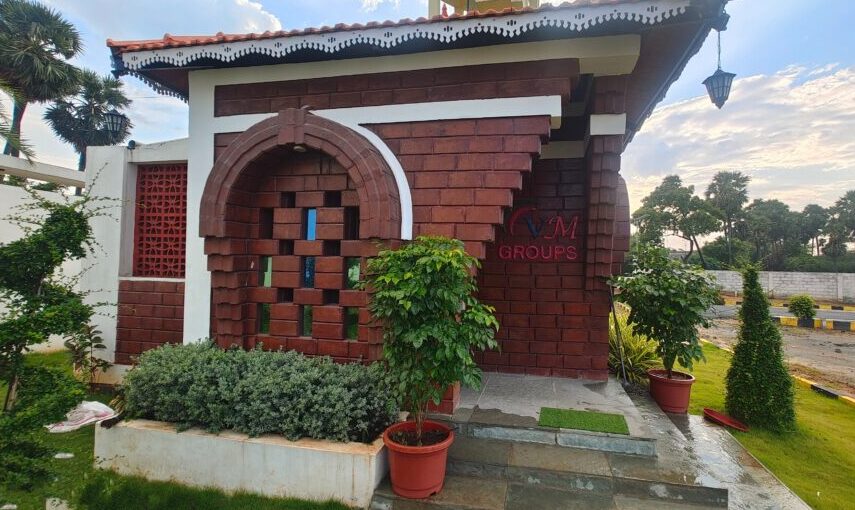In our quest for sustainable and eco-friendly living, mud houses have emerged as a compelling choice that blends traditional wisdom with modern environmental consciousness. These natural structures offer numerous benefits, not only in terms of environmental impact and cost-effectiveness but also in enhancing the energy and well-being of their inhabitants. Utilizing specialized instruments, we can measure the energy of spaces and materials, providing insights into how mud houses can positively influence human energy levels. Let’s delve into the multifaceted benefits of living in a mud house.

1. Natural Insulation and Comfort:
Mud houses are renowned for their excellent natural insulation properties. The high thermal mass of mud walls helps regulate indoor temperatures, absorbing heat during the day and releasing it at night. This natural temperature control system keeps the interior cool in summer and warm in winter, reducing the need for artificial heating and cooling. The result is a consistently comfortable living environment that also lowers energy consumption, making mud houses a sustainable choice.
2. Eco-Friendly and Sustainable Construction:
Constructed using locally available materials like clay, sand, straw, and water, mud houses have a minimal carbon footprint. The use of renewable resources and less energy-intensive building methods further enhances their sustainability. By choosing mud houses, residents contribute to a reduced environmental impact and promote eco-friendly living practices.
3. Cost-Effective and Accessible:
The affordability of mud houses is another significant advantage. The raw materials are generally inexpensive and often readily available. Additionally, the construction techniques can be learned by local builders or even by homeowners, making it a cost-effective option. This accessibility makes mud houses particularly appealing in regions with limited financial resources. Moreover, maintenance costs are low, as minor repairs can be easily managed with basic materials.
4. Healthy Living Environment:
Mud houses provide a healthier living environment compared to many modern buildings, which often contain synthetic materials and chemicals. The natural components of mud structures are free from harmful substances, reducing the risk of indoor air pollution. The breathable nature of mud walls helps regulate humidity levels, preventing mold growth and maintaining good air quality. This naturally clean and safe living environment is ideal for those with allergies or chemical sensitivities.
5. Energy Enhancement and Positive Atmosphere:
Beyond the physical and environmental benefits, mud houses also positively affect the energy levels of their inhabitants. Various instruments can measure the energy of spaces and materials, indicating how different surroundings impact human well-being. Mud structures have been shown to increase positive energy levels, creating a harmonious and uplifting atmosphere. The natural materials and organic forms of mud houses resonate with human biology, promoting a sense of peace and well-being. This energetic harmony contributes to better mental and emotional health, making mud houses not just a home but a sanctuary.
To understand how these energy measurements are conducted and to see demonstrations of this process, you can watch our videos .These videos showcase how you can experience and how specialized instruments are used to gauge the energy levels of different spaces and materials, providing a deeper insight into the subtle yet powerful impact of our surroundings on our well-being.
6. Aesthetic and Cultural Significance:
The unique aesthetic appeal of mud houses lies in their earthy tones and organic shapes, which blend seamlessly with natural landscapes. This creates a warm, inviting atmosphere that contrasts with the often sterile feel of modern architecture. Additionally, mud houses hold cultural significance, preserving traditional building techniques and architectural styles. Living in a mud house can be a way to honor and maintain cultural heritage while enjoying a beautiful and functional living space.
7. Durability and Adaptability:
Despite common misconceptions, mud houses can be remarkably durable. When built correctly, they can withstand various weather conditions and even seismic activity. Mud’s plasticity allows for diverse architectural designs and adaptability to different functional needs. Moreover, as circumstances change, mud houses can be easily modified or expanded, using the same sustainable materials.
Conclusion
Mud houses offer a holistic living experience that enhances both physical comfort and emotional well-being. Their natural insulating properties, eco-friendliness, affordability, and health benefits make them an attractive choice for sustainable living. Moreover, the positive energy they foster, measured by specialized instruments, adds an extra layer of appeal, promoting a harmonious and uplifting environment. As more people seek to live in balance with nature and improve their quality of life, mud houses stand out as a viable and enriching option for future living spaces.



